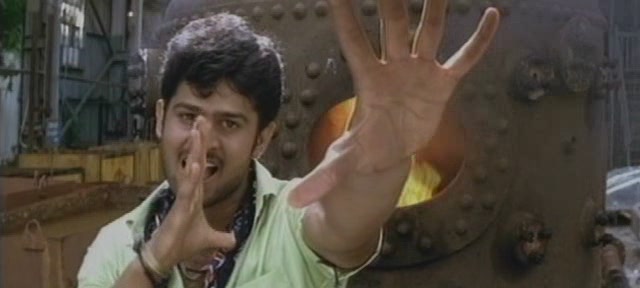While on a business trip to India last week I saw two different gestures of greeting. Most people greeted me with the traditional Namaste greeting, with the hands held together, as below.
However, there was one man at the hotel who consistently greeted me with a different gesture. This was the main man who welcomed/opened the car door at the hotel entrance. He was also dressed slightly differently to the other staff (he's the guy in the middle in the image below, with the blue and gold waistband and head gear).
This person always used a gesture with one hand held vertically down the face, right in front on his nose, with his thumb stuck out sideways. He also had a stern expression on his face instead of a smile. He did not greet me as he is shown in the image.
Who is this person and does he have any particular symbolic role, or is he just a greeter in a smart outfit?
What does the one handed greeting gesture mean? Did I do anything to merit special treatment?




